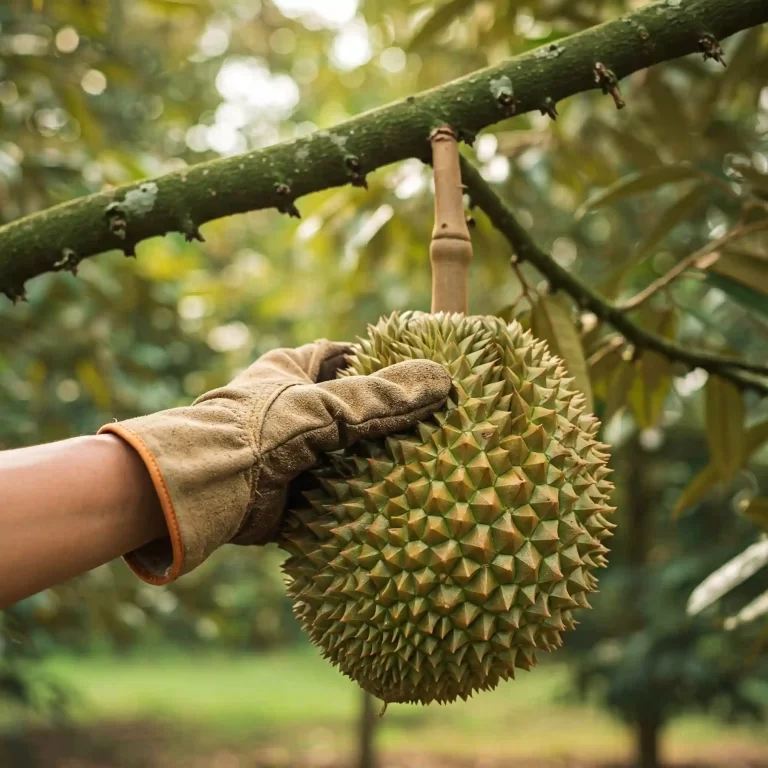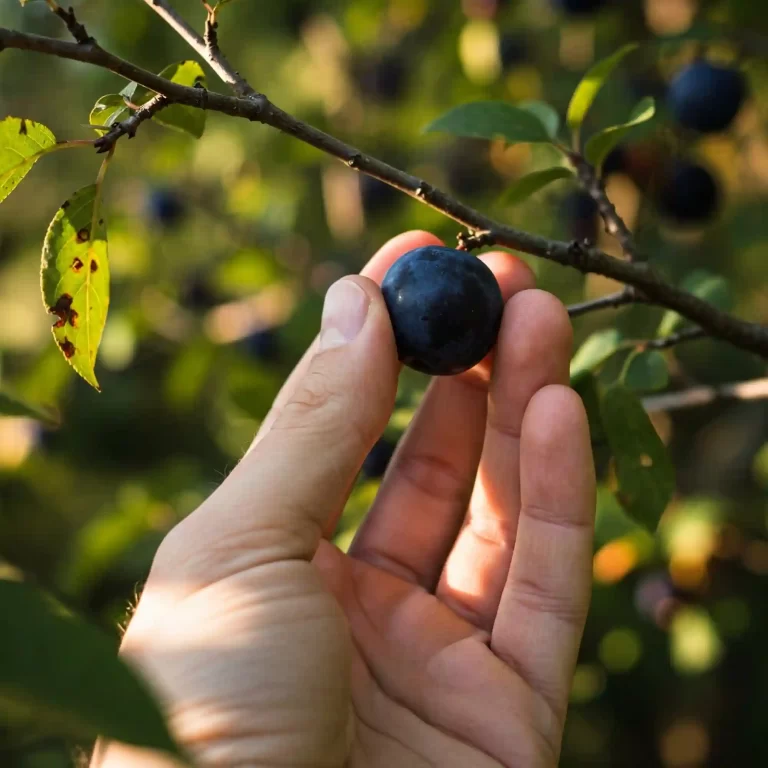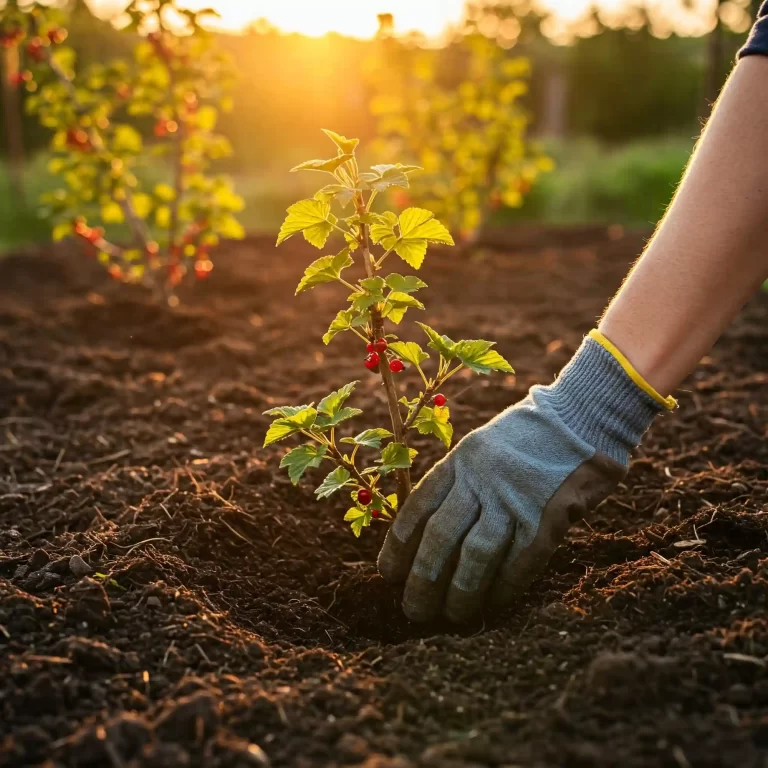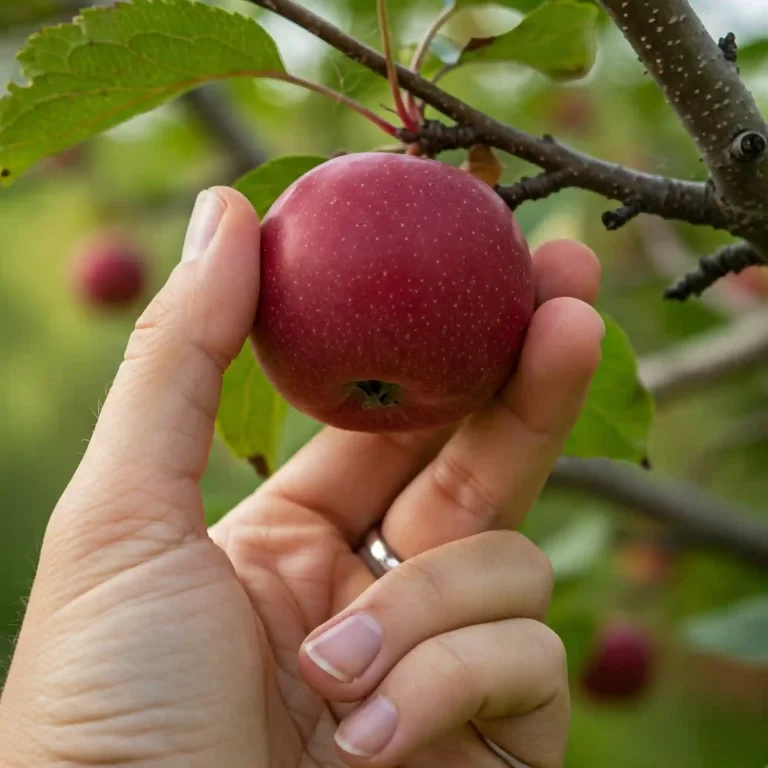| Key Takeaways |
|---|
| – Plantations are large-scale farms that specialize in one or a few crops, usually in tropical or subtropical regions. |
| – Plantation crops are often cash crops that are exported to other countries, such as coffee, tea, sugar cane, rubber, cotton, and bananas. |
| – Plantation agriculture requires a lot of labour, capital, irrigation, and transportation. |
| – The process of plantation involves several steps, such as land selection, land preparation, planting operation, fertilization, irrigation, pest and disease management, harvesting, and processing. |
| – Plantation agriculture has benefits and challenges for the producers, consumers, and society at large. |
Introduction
Did you know that plantations produce more than 40% of the world’s coffee, tea, sugar cane, rubber, cotton, and bananas? These are some of the most popular and valuable crops in the world, but they are not easy to grow. They require a lot of land, water, labour, capital, and transportation. They also face many risks from pests, diseases, weather, and market fluctuations.
Plantations are a type of commercial farming that involves growing a single crop on a large area of land, usually in tropical or subtropical regions. The process of plantation is complex and varies depending on the type of crop and the region where it is grown. In this article, we will explain what plantations are and why they are important. We will also guide you through the steps involved in the process of plantation and the benefits and challenges of this type of agriculture.
If you are interested in learning more about how plantations work and how they affect the world economy and environment, then read on!
What are Plantations and Why are They Important?
Plantations are a form of agriculture that involves growing one or a few crops on a large scale for sale rather than for personal use. Plantations usually occupy thousands of hectares of land and employ hundreds or thousands of workers. Plantation crops are often cash crops that are exported to other countries for consumption or processing. Some examples of common plantation crops and regions are:
| Crop | Region |
|---|---|
| Coffee | Brazil, Colombia, Vietnam, Indonesia |
| Tea | China, India, Sri Lanka, Kenya |
| Sugar cane | Brazil, India, China, Thailand |
| Rubber | Thailand, Indonesia, Malaysia, Vietnam |
| Cotton | China, India, USA, Pakistan |
| Bananas | Ecuador, Philippines, Costa Rica, Colombia |
Plantations have a long history and have evolved over time. The first plantations were established by European colonizers in the Americas in the 16th century. They grew crops such as sugar cane, tobacco, cotton, and coffee using slave labour. Later on, plantations spread to other parts of the world such as Asia and Africa where they grew crops such as tea, rubber, and palm oil using indentured or wage labour.
Plantations differ from other types of farming in several ways. Some of these differences are:
- Plantations focus on one or a few crops that have high demand and value in the global market.
- Plantations use large amounts of land, water, fertilizer, and pesticide to maximize yield and quality.
- Plantations rely on intensive labour, capital, irrigation, and transportation to operate efficiently and profitably.
- Plantations have a hierarchical structure with owners, managers, supervisors, and workers who have different roles and responsibilities.
- Plantations have social, economic, and environmental impacts on the local communities, regions, and countries where they operate.
Plantations are important for several reasons. Some of these reasons are:
- Plantations provide income and employment for millions of people around the world.
- Plantations produce food, beverages, fibers, and raw materials that are consumed or processed by billions of people around the world.
- Plantations contribute to the global trade and economy by exporting their products to other countries.
- Plantations support research and innovation in agriculture by developing new varieties, technologies, and practices to improve productivity and quality.
- Plantations influence the culture and lifestyle of the people who work on them or live near them.
However, plantations also face many challenges and problems. Some of these challenges and problems are:
- Plantations are vulnerable to pests, diseases, weather, and market fluctuations that can reduce their yield or quality.
- Plantations consume large amounts of natural resources such as land, water, and biodiversity that can cause environmental degradation and conflict.
- Plantations generate large amounts of waste and pollution such as greenhouse gases, chemicals, and plastics that can harm human health and the environment.
- Plantations create social and economic inequalities and injustices such as exploitation, discrimination, and violence among the owners, managers, and workers.
- Plantations affect the political and ethical issues such as land rights, human rights, and food sovereignty of the people who are involved or affected by them.
As you can see, plantations are a complex and controversial form of agriculture that have both positive and negative impacts on the world. In the next section, we will explain how to select and prepare land for plantation crops.
How to Select and Prepare Land for Plantation Crops?
One of the most important steps in the process of plantation is selecting and preparing the land for planting the crop. The land should be suitable for the crop to be grown, with enough soil depth, drainage, and fertility. The land should also have a reliable source of water for irrigation and be accessible for transportation.
The steps involved in selecting and preparing the land for plantation crops are:
- Land clearing: The land should be cleared of any unwanted vegetation, rocks, or other obstacles that can hinder the growth of the crop. This can be done by manual, mechanical, or chemical methods. However, land clearing can also cause soil erosion, deforestation, and loss of biodiversity.
- Soil ploughing: The soil should be ploughed to improve its structure and aeration. Ploughing can also help to control weeds and pests by burying them under the soil. Ploughing can be done by using animals, tractors, or ploughs. However, ploughing can also damage the soil structure and reduce its organic matter.
- Soil leveling: The soil should be leveled to ensure even distribution of water and nutrients. Leveling can also prevent waterlogging and flooding that can harm the crop. Leveling can be done by using harrows, rollers, or graders. However, leveling can also compact the soil and reduce its porosity.
- Soil fertilization: The soil should be fertilized to provide the necessary nutrients for the crop’s growth and development. The type and amount of fertilizer depend on the soil quality and the crop requirements. Organic or chemical fertilizers can be used, but they should be applied carefully to avoid pollution or toxicity.
Some examples of common fertilizers used for plantation crops are:
| Crop | Fertilizer |
|---|---|
| Coffee | NPK (nitrogen, phosphorus, potassium) |
| Tea | NPK + sulphur |
| Sugar cane | NPK + zinc |
| Rubber | NPK + magnesium |
| Cotton | NPK + boron |
| Bananas | NPK + calcium |
- Pest and disease control: The land should be treated for any pests or diseases that can affect the crop before planting. This can be done by using biological, cultural, mechanical, or chemical methods. Integrated pest management (IPM) is a strategy that combines different methods to minimize the use of pesticides and their negative impacts on the environment and human health.
Some examples of common pests and diseases that affect plantation crops are:
| Crop | Pest | Disease |
|---|---|---|
| Coffee | Coffee berry borer | Coffee leaf rust |
| Tea | Tea mosquito bug | Blister blight |
| Sugar cane | Stem borer | Red rot |
| Rubber | Mealybug | Leaf blight |
| Cotton | Bollworm | Wilt |
| Bananas | Banana weevil | Panama disease |
After selecting and preparing the land for plantation crops, the next step is planting the crop.
How to Plant and Grow Plantation Crops?
Another important step in the process of plantation is planting and growing the crop. The crop should be planted at the right time and spacing according to the climatic conditions and the crop variety. The planting material can be seeds, cuttings, or tissue culture plants. The plants should be watered and mulched after planting to prevent weed growth and moisture loss.
The steps involved in planting and growing plantation crops are:
- Planting method: The planting method depends on the type of crop and the planting material. Some crops are planted by seeds, such as cotton and sugar cane. Some crops are planted by cuttings, such as coffee and rubber. Some crops are planted by tissue culture plants, such as bananas and tea.
- Planting time: The planting time depends on the climatic conditions and the crop variety. Some crops are planted in rainy season, such as sugar cane and cotton. Some crops are planted in dry season, such as coffee and rubber. Some crops are planted throughout the year, such as bananas and tea.
- Planting spacing: The planting spacing depends on the growth habit and yield potential of the crop. Some crops are planted close together, such as sugar cane and cotton. Some crops are planted far apart, such as coffee and rubber. Some crops are planted in rows or clusters, such as bananas and tea.
- Watering: The plants should be watered regularly according to their water needs and the availability of water. Irrigation methods can vary from flood irrigation, drip irrigation, sprinkler irrigation, or furrow irrigation. Irrigation should be done at the right time and frequency to avoid water stress or waterlogging.
- Mulching: The plants should be mulched with organic or synthetic materials to prevent weed growth and moisture loss. Mulching can also help to improve soil fertility and temperature. Mulching should be done after planting and replaced periodically.
Some examples of common planting methods, times, spacings, waterings, and mulchings for plantation crops are:
| Crop | Planting method | Planting time | Planting spacing | Watering | Mulching |
|---|---|---|---|---|---|
| Coffee | Cuttings | Dry season | 2.5 x 2.5 m | Drip irrigation | Organic mulch |
| Tea | Tissue culture plants | Throughout the year | 1.2 x 0.6 m | Sprinkler irrigation | Synthetic mulch |
| Sugar cane | Seeds | Rainy season | 1.5 x 0.3 m | Flood irrigation | No mulch |
| Rubber | Cuttings | Dry season | 7 x 3 m | Furrow irrigation | Organic mulch |
| Cotton | Seeds | Rainy season | 0.6 x 0.3 m | Drip irrigation | No mulch |
| Bananas | Tissue culture plants | Throughout the year | 3 x 3 m in clusters of 3-4 plants | Drip irrigation | Organic mulch |
After planting and growing the crop, the next step is fertilizing and protecting the crop.
How to Fertilize and Protect Plantation Crops?
Another important step in the process of plantation is fertilizing and protecting the crop. The crop should be fertilized regularly to provide the necessary nutrients for its growth and development. The crop should also be protected from any pests or diseases that can reduce its yield or quality.
The steps involved in fertilizing and protecting plantation crops are:
- Fertilization: The crop should be fertilized according to its nutrient needs and the soil quality. The type and amount of fertilizer depend on the crop type and variety. Organic or chemical fertilizers can be used, but they should be applied carefully to avoid pollution or toxicity. Fertilization can be done by using broadcast, band, or foliar methods.
- Pest and disease management: The crop should be monitored and controlled for any pests or diseases that can affect it. Pest and disease management can involve biological, cultural, mechanical, or chemical methods. Integrated pest management (IPM) is a strategy that combines different methods to minimize the use of pesticides and their negative impacts on the environment and human health.
Some examples of common fertilizers, pests, diseases, and management methods for plantation crops are:
| Crop | Fertilizer | Pest | Disease | Management method |
|---|---|---|---|---|
| Coffee | NPK + sulphur | Coffee berry borer | Coffee leaf rust | IPM with biological, cultural, mechanical, and chemical methods |
| Tea | NPK + zinc | Tea mosquito bug | Blister blight | IPM with biological, cultural, mechanical, and chemical methods |
| Sugar cane | NPK + boron | Stem borer | Red rot | IPM with biological, cultural, mechanical, and chemical methods |
| Rubber | NPK + magnesium | Mealybug | Leaf blight | IPM with biological, cultural, mechanical, and chemical methods |
| Cotton | NPK + calcium | Bollworm | Wilt | IPM with biological, cultural, mechanical, and chemical methods |
| Bananas | NPK + iron | Banana weevil | Panama disease | IPM with biological, cultural, mechanical, and chemical methods |
After fertilizing and protecting the crop, the next step is harvesting and processing the crop.
How to Harvest and Process Plantation Crops?
The final step in the process of plantation is harvesting and processing the crop. The crop should be harvested at the right stage of maturity to ensure its optimum quality and quantity. The crop should also be processed into a final product that is ready for consumption or export.
The steps involved in harvesting and processing plantation crops are:
- Harvesting: The crop should be harvested when it reaches its peak of ripeness or quality. Harvesting can be done by manual or mechanical methods depending on the crop type and labour availability. Harvesting should be done carefully to avoid damage or loss of the crop.
- Handling: The crop should be handled properly after harvesting to maintain its quality and prevent deterioration. Handling can involve sorting, grading, cleaning, packing, storing, or transporting the crop. Handling should be done hygienically and efficiently to preserve the value of the crop.
- Processing: The crop should be processed into a final product that is ready for consumption or export. Processing can involve drying, milling, roasting, fermenting, or packaging depending on the crop type and market demand. Processing should be done hygienically and efficiently to preserve the quality and value of the crop.
Some examples of common harvesting methods, handling procedures, processing techniques, and final products for plantation crops are:
| Crop | Harvesting method | Handling procedure | Processing technique | Final product |
|---|---|---|---|---|
| Coffee | Manual picking or mechanical stripping | Sorting by size, shape, color, density; Cleaning by washing or dry milling; Packing in bags or containers; Storing in cool and dry places; Transporting by truck or ship | Drying by sun or machine; Hulling by machine; Polishing by machine; Grading by size or quality; Roasting by machine; Grinding by machine; Packaging by machine; Labeling by machine | Roasted coffee beans or ground coffee powder |
| Tea | Manual plucking or mechanical shearing | Sorting by size, shape, color; Cleaning by blowing or sieving; Packing in bags or containers; Storing in cool and dry places; Transporting by truck or ship | Withering by air or heat; Rolling by machine; Fermenting by air or heat; Drying by air or heat; Grading by size or quality; Packaging by machine; Labeling by machine |
Conclusion
In this article, we have explained the process of plantation and its importance for the world economy and environment. We have also guided you through the steps involved in selecting and preparing land, planting and growing crops, fertilizing and protecting crops, and harvesting and processing crops. We hope you have learned something new and interesting about plantations and their role in agriculture.
If you are interested in growing your own cash crops or learning more about plantations, we encourage you to explore the resources and references provided in this article. Plantations are a fascinating and challenging form of agriculture that can offer many opportunities and rewards for those who are willing to invest their time, effort, and resources.
Thank you for reading this article. We hope you enjoyed it and found it useful. If you have any questions or comments, please feel free to share them with us. We would love to hear from you!



